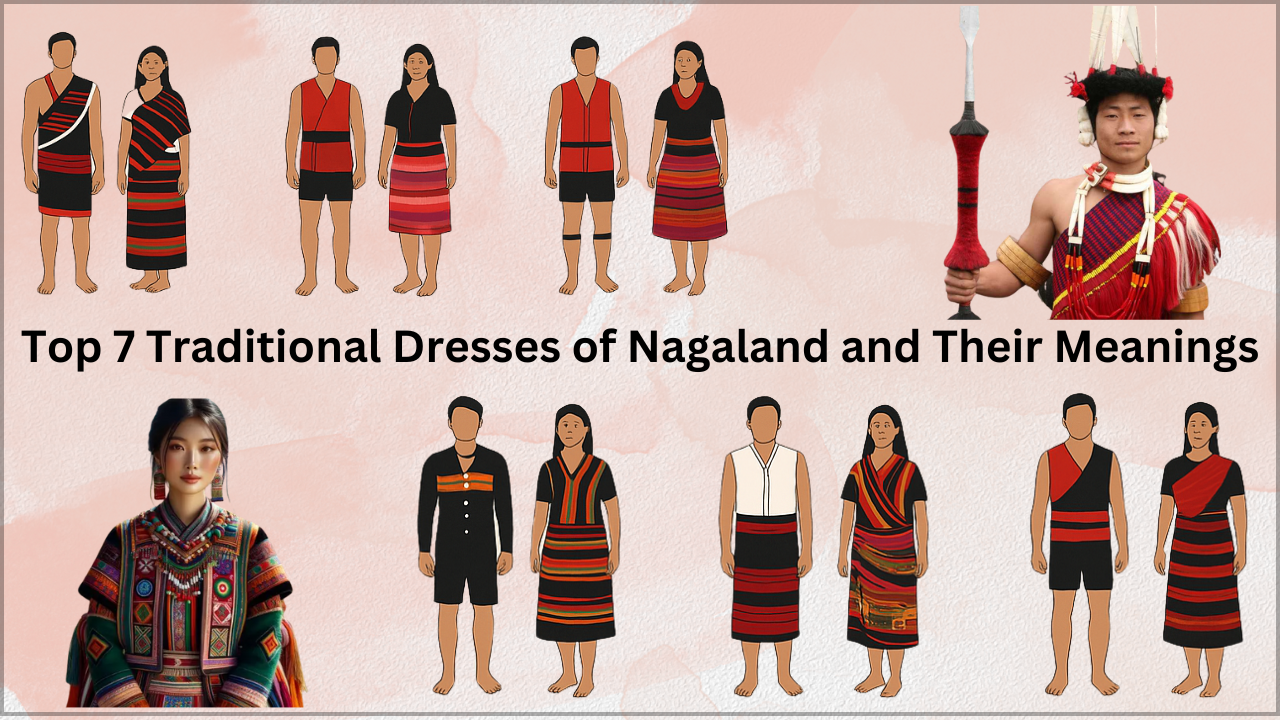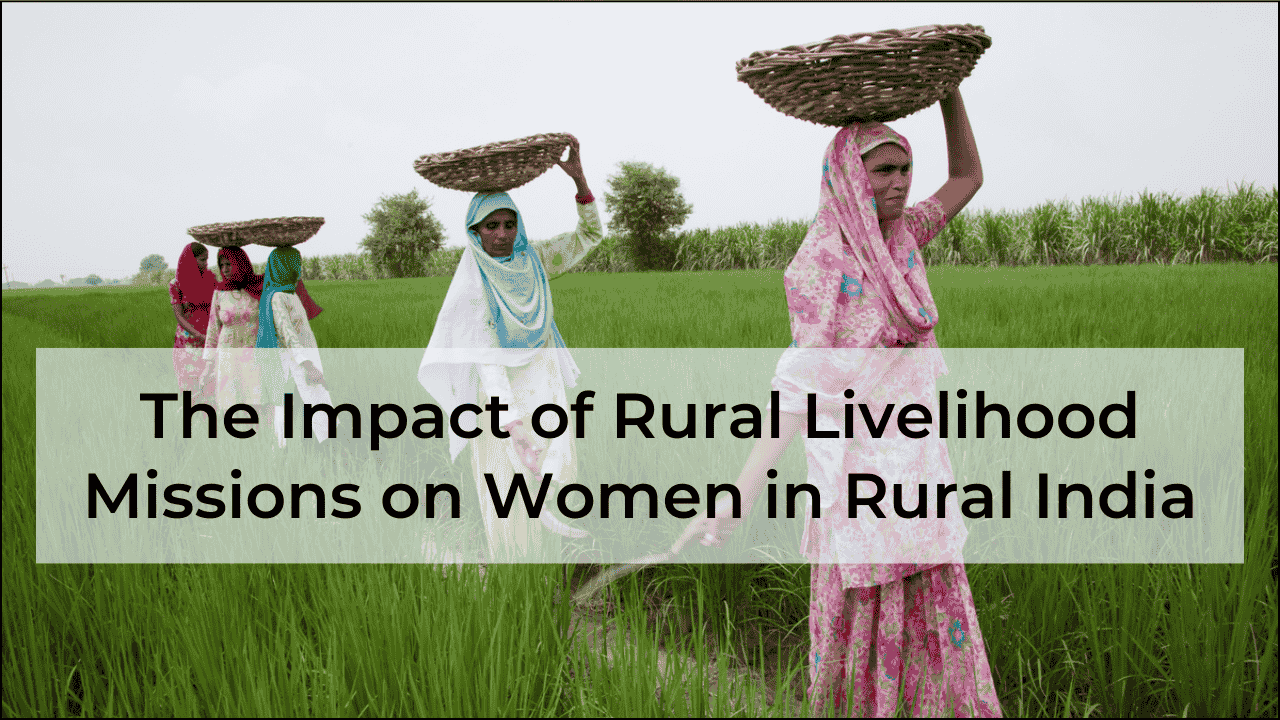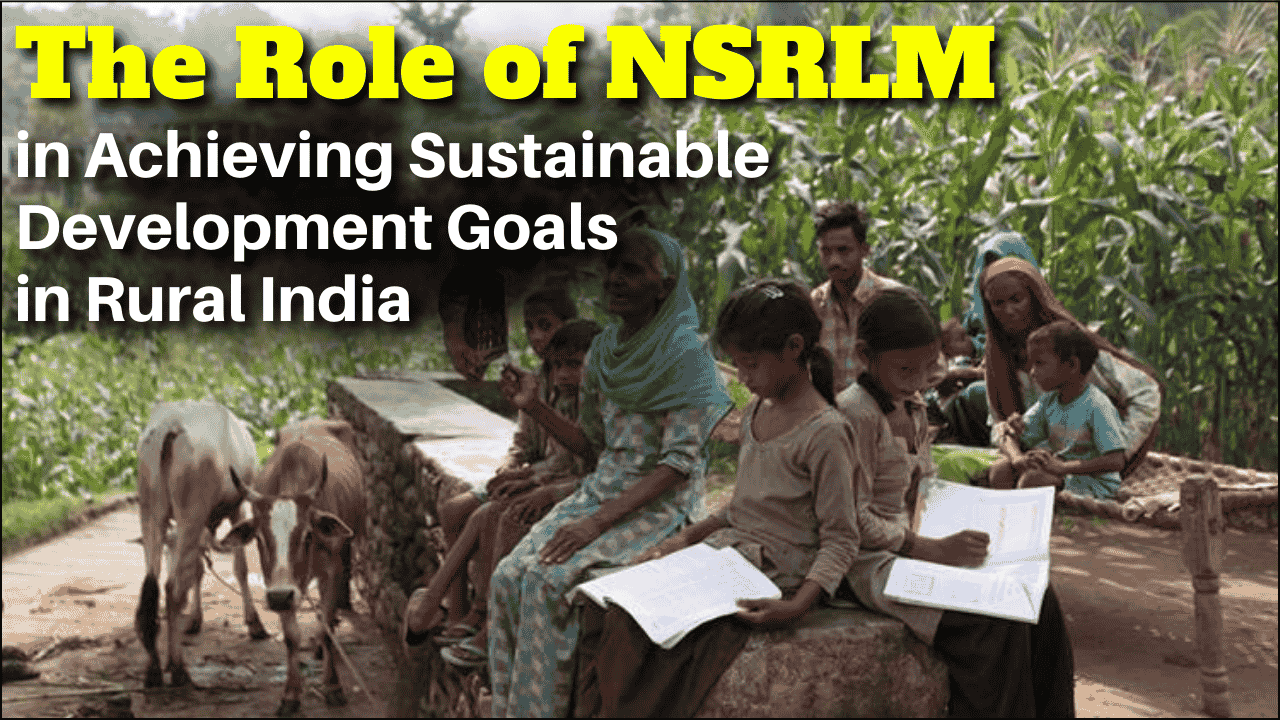
In today’s world, technology has become an essential part of government services. Nagaland, a state in northeastern India, has been working on several important projects to bring digital services to all its citizens. These projects help connect people in rural and remote areas to essential services that were once difficult to access. Let’s explore these initiatives that are transforming how government services reach the people of Nagaland.
Common Service Centres (CSC)
Common Service Centres (CSCs) are small offices that serve as the main points where citizens can access various government services. Think of them as one-stop shops for many important needs. These centers have been established in all 12 districts of Nagaland, ensuring that no citizen is left behind.
What services do CSCs provide?
- Public utility services: Bill payments for electricity, water, and other utilities
- Social welfare schemes: Access to government programs that help citizens in need
- Healthcare services: Basic health information and services
- Financial services: Banking, insurance, and other money-related services
- Educational services: Information about schools, scholarships, and educational opportunities
- Agricultural services: Farming advice and support for farmers
- Business-to-consumer (B2C) services: Various commercial services for everyday needs
CSCs are especially important for people living in remote villages who would otherwise need to travel long distances to access these services. By bringing these services closer to home, CSCs save people time, money, and effort.
Nagaland State Data Centre (SDC)
The Nagaland State Data Centre (NSDC) was established in 2008 and is located below the New Secretariat in Kohima. It serves as the central hub for all digital government services in the state.
What does the State Data Centre do?
Imagine the State Data Centre as a secure digital warehouse where all government information and services are stored and managed. It acts as a bridge between the open internet and the secure government systems that contain sensitive information.
The NSDC has been set up as a “Tier-II Data Centre,” which means it meets certain standards for reliability and security. This allows different government departments to host their services and applications in one central location instead of maintaining separate systems.
Benefits of the State Data Centre
- Easier integration: Different government services can work together more smoothly
- Efficient management: Resources are shared, reducing waste
- Better security: Centralized protection of sensitive government information
- Cost savings: Departments share computing resources instead of buying separate equipment
- Reliable service: Professional management ensures systems stay up and running
The data centre houses various types of computer systems, including web servers (which host websites), application servers (which run government programs), database servers (which store information), and storage systems for keeping large amounts of data safe and accessible.
State Wide Area Network (SWAN)
The State Wide Area Network (SWAN) is like a digital highway that connects different parts of Nagaland. It links the state capital (Kohima), district headquarters, and sub-divisional headquarters through a network that can carry data, voice, and video communications.
The SWAN network includes
- 1 State Headquarters (Kohima)
- 10 District Headquarters
- 37 Administrative Headquarters
In total, there are 48 “Points of Presence” (PoPs) across Nagaland. These are locations where the network equipment is installed, allowing government offices to connect to the network.
Why is SWAN important?
The SWAN serves as the backbone for electronic governance (e-Governance) throughout Nagaland. It allows government offices in different locations to:
- Share information quickly and securely
- Conduct video conferences instead of traveling for meetings
- Access centralized applications and services
- Provide better service to citizens through faster communication
- Implement new digital services more easily
How These Systems Work Together
These three projects—Common Service Centres, State Data Centre, and State Wide Area Network—are designed to work together as a complete system:
- The State Data Centre stores and processes all the government applications and data
- The State Wide Area Network connects all government offices to this central data centre
- The Common Service Centres provide the last-mile connection, bringing these services to citizens in every district
Together, they form the foundation of Nagaland’s digital infrastructure, making government services more accessible, efficient, and responsive to people’s needs.
Benefits for Citizens
The real value of these technical projects is in how they improve life for ordinary citizens:
- Saves time and money: No need to travel long distances for basic services
- Reduces paperwork: Digital systems streamline processes that once required multiple forms
- Increases transparency: Clear, standardized processes reduce opportunities for corruption
- Improves service delivery: Faster processing of applications and requests
- Bridges the digital divide: Gives rural citizens the same access to services as those in urban areas
- Creates local employment: CSCs are often run by local entrepreneurs
By investing in these digital systems, Nagaland is building the foundation for a more connected, efficient, and accessible government that truly serves all its citizens.



